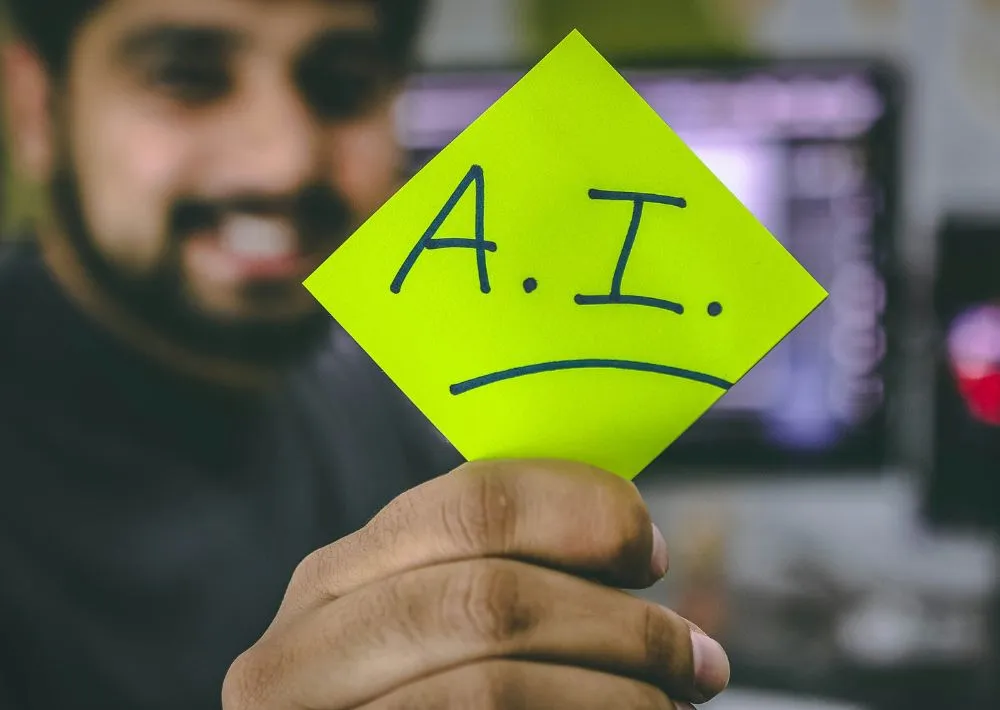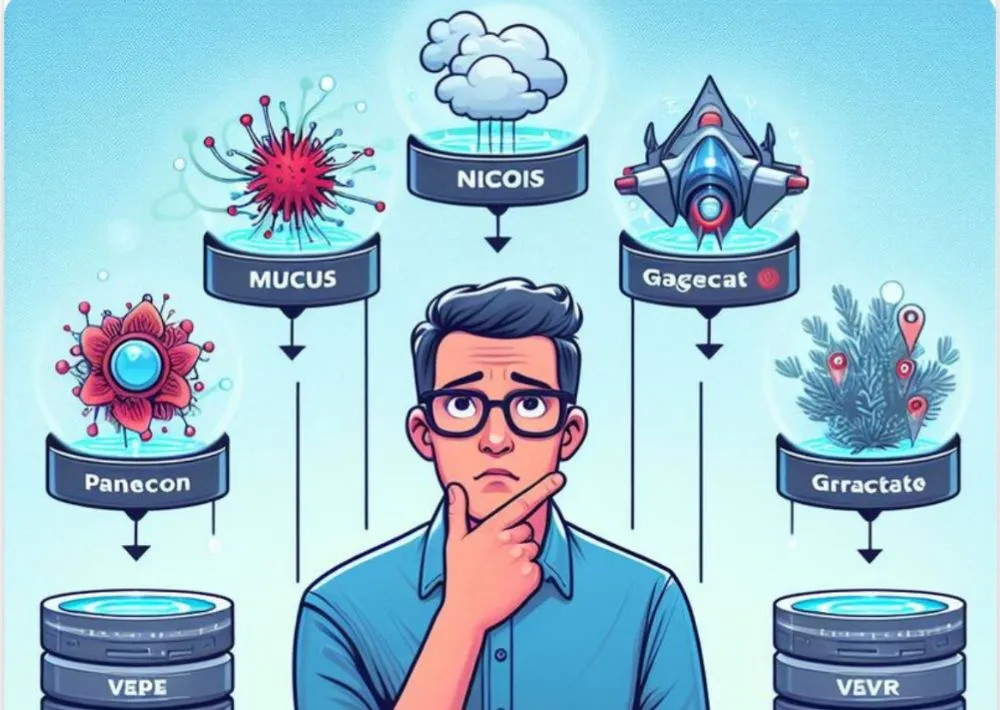Artificial Intelligence is no longer limited to answering simple queries — today’s AI systems can reason, plan, and take actions. Imagine a chatbot that doesn’t just give you information but can also search the web, perform calculations, interact with APIs, or even manage tasks on your behalf.
That’s the power of AI Agents. And one of the most popular frameworks to build them is LangChain. In this blog, we’ll explore what AI agents are, why LangChain is a game-changer, and how you can build your very first AI agent in just a few lines of code.
 What are AI Agents?
What are AI Agents?
An AI agent is an intelligent system that can:
- Understand a task or goal.
- Reason about the steps required.
- Use external tools like APIs, databases, or search engines.
- Take actions and return results.
For example:
- A travel assistant that finds flights, calculates costs, and suggests itineraries.
- A customer support bot that answers FAQs and fetches order details.
- A research assistant that pulls stock data, performs analysis, and summarizes findings.
Unlike traditional chatbots, which are scripted or rule-based, agents are autonomous and adaptive, making them far more powerful.
 Why Use LangChain?
Why Use LangChain?
LangChain is an open-source framework designed to make it easy to build applications powered by Large Language Models (LLMs).
It provides:
Tools & Integrations → Access search engines, APIs, databases, and more.
Chains → Link multiple steps into a workflow.
Agents → Let the LLM decide which tools to use and in what order.
Memory → Store conversation history to keep interactions contextual.
Instead of reinventing the wheel, LangChain gives you ready-made building blocks so you can focus on your use case, not the infrastructure.
 Key Concepts in LangChain Agents
Key Concepts in LangChain Agents
Before we jump into coding, let’s break down some terms:
- LLM → The brain (e.g., OpenAI GPT, Anthropic Claude, Groq, LLaMA).
- Tools → Functions that the agent can call (e.g., calculator, search, SQL query).
- Agent → The decision-maker that selects tools and orchestrates tasks.
- Memory → Stores past messages so the agent can remember context.
Think of it this way:
 Building Your First Agent with LangChain
Building Your First Agent with LangChain
Let’s build a simple agent that can search the web and do math.
Step 1: Install Dependencies
pip install langchain openaiStep 2: Import Required Modules
from langchain.agents import initialize_agent, load_tools
from langchain.llms import OpenAIStep 3: Setup LLM and Tools
# Initialize the LLM (temperature=0 for accurate answers)
llm = OpenAI(temperature=0)# Load tools (search + calculator)
tools = load_tools(["llm-math", "serpapi"], llm=llm)Step 4: Initialize the Agent
agent = initialize_agent(
tools, llm, agent="zero-shot-react-description", verbose=True
)Step 5: Run the Agent
response = agent.run("What is 23 multiplied by 19, and then add the year Tesla was founded?")
print(response)

- The agent realizes it needs a calculator to compute
23 * 19. - Then it uses search to find Tesla’s founding year.
- Finally, it combines the results and gives you the answer.
This is the magic of agents — they figure out the steps themselves.
 Adding Memory (Making the Agent Conversational)
Adding Memory (Making the Agent Conversational)
What if you want the agent to remember past context? That’s where LangChain’s memory comes in.
from langchain.memory import ConversationBufferMemory# Setup memory
memory = ConversationBufferMemory(memory_key="chat_history")# Create conversational agent
agent_with_memory = initialize_agent(
tools, llm, agent="conversational-react-description", memory=memory, verbose=True
)# Run interactions
agent_with_memory.run("Hi, I’m Pushkaraj!")
agent_with_memory.run("What’s my name?")
Now, when you ask “What’s my name?”, the agent recalls that you introduced yourself earlier. This makes it feel more natural and human-like.
 Real-World Use Cases
Real-World Use Cases
LangChain agents are being used in diverse domains. Some examples:
- Customer Support → Automate responses, fetch order details, integrate with CRM.
- Finance → Retrieve market data, run analytics, generate reports.
- Healthcare → Provide medical FAQs, retrieve patient info from secure databases.
- Productivity → Personal assistants that schedule meetings or draft emails.
- Developers → AI copilots that fetch documentation, debug code, or call APIs.
 Challenges to Keep in Mind
Challenges to Keep in Mind
While powerful, AI agents are not perfect:
- Hallucinations → LLMs may sometimes generate incorrect facts.
- Latency → Tool calls can make responses slower.
- Cost → Each API call adds up, so be mindful of usage.
- Security → Be careful with tools that execute code or make system changes.
 Conclusion
Conclusion
AI agents represent the next evolution of AI applications. With frameworks like LangChain, you can quickly build assistants that reason, plan, and act — not just chat. Whether you want to create a customer support bot, a research assistant, or a personal AI helper, LangChain gives you the building blocks to make it happen.
Next Step for You: Try building your own agent that uses Google Search + Calculator, or even connect it to a database. Once you see it in action, you’ll realize just how powerful and exciting this space is!











